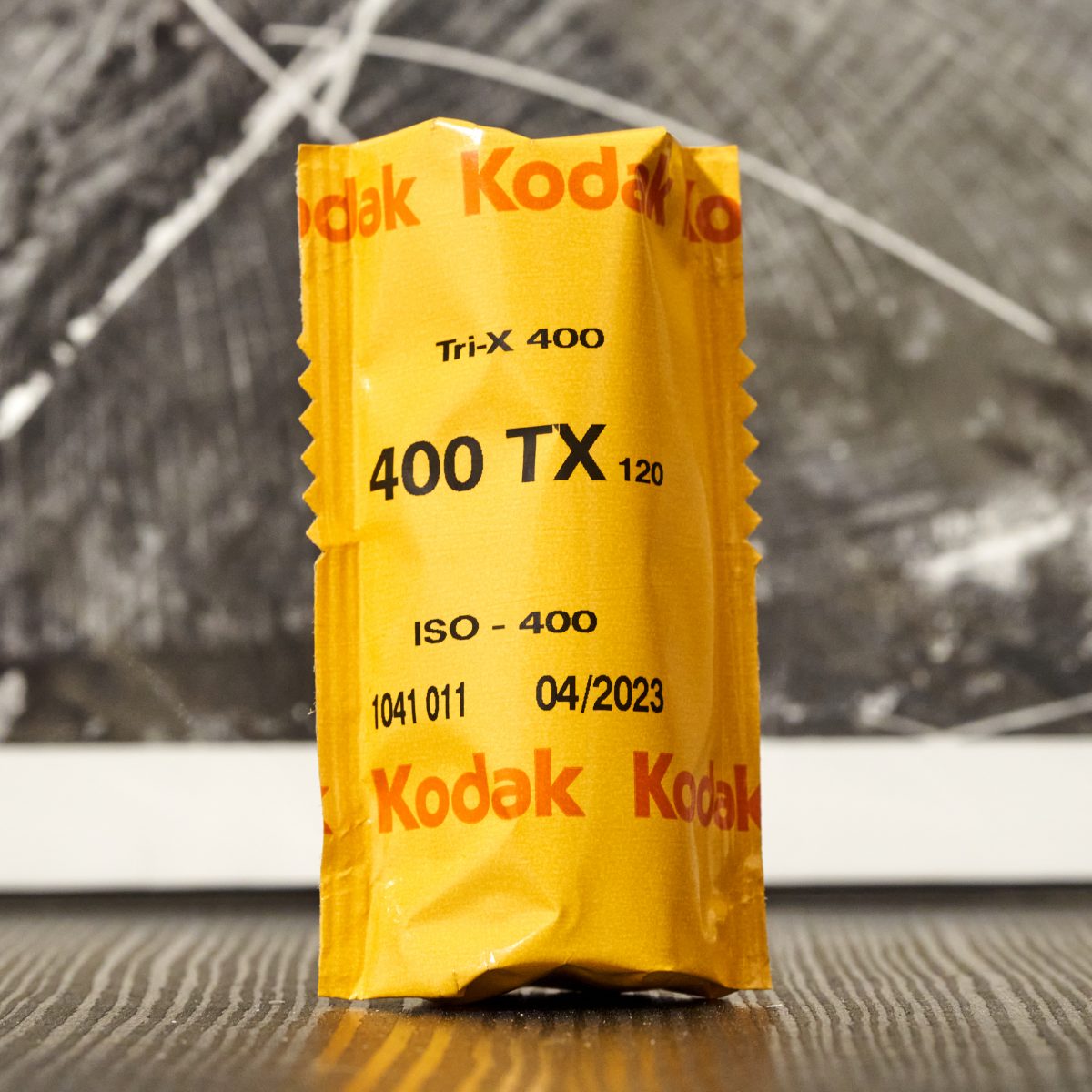
As you unbox a brand new Leica M-A, you will find that it comes with a roll of film. The Leica MA represents the last and final version of premium film camera, so the film symbolizes the pinnacle of the last century of film photography. Even as film stocks are discontinued, there are still plenty of choices. There is Fujifilm’s Velvia 50, the default choice for landscape; or Kodak’s Portra 400, where the pastel colors are being emulated by digital camera; how about Ilford HP5, probably the best selling film in the last few years? Nope, the stand-in for all had to be the Kodak Tri-X, where it defined street photography, and almost always used with Leicas.
We were in Poulsbo, WA, a little Norwegian themed town. Norwegians and other Scandanavians moved here because it was similar to their hometowns back in the Old World (by 1855, the native Suquamish people were all relocated from Bainbridge Island) Fishing was the way of life for the people of “Paulsbo”, so there are still plenty of boats and docks by the coastline. Took a picture of the local gas station because it is a thing on r/Analog, except this is in BW. To be honest, can’t tell this apart from, for example, T-Max 400. Grains are non-existent, maybe a tad more contrasty, but not grainy what-so-ever.
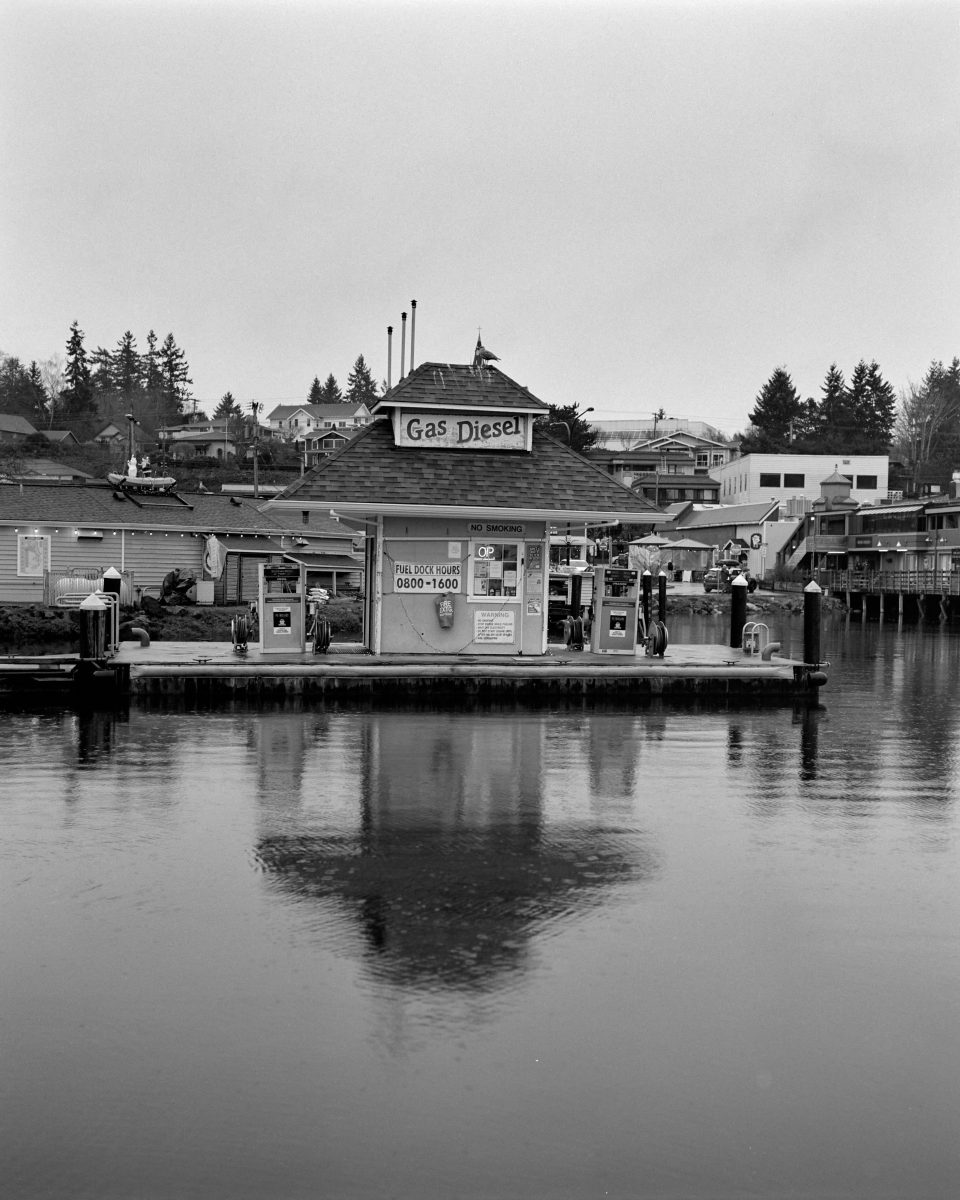
[Plaubel Makina 67 | Nikon Nikkor 80/2.8 | Kodak Tri-X]
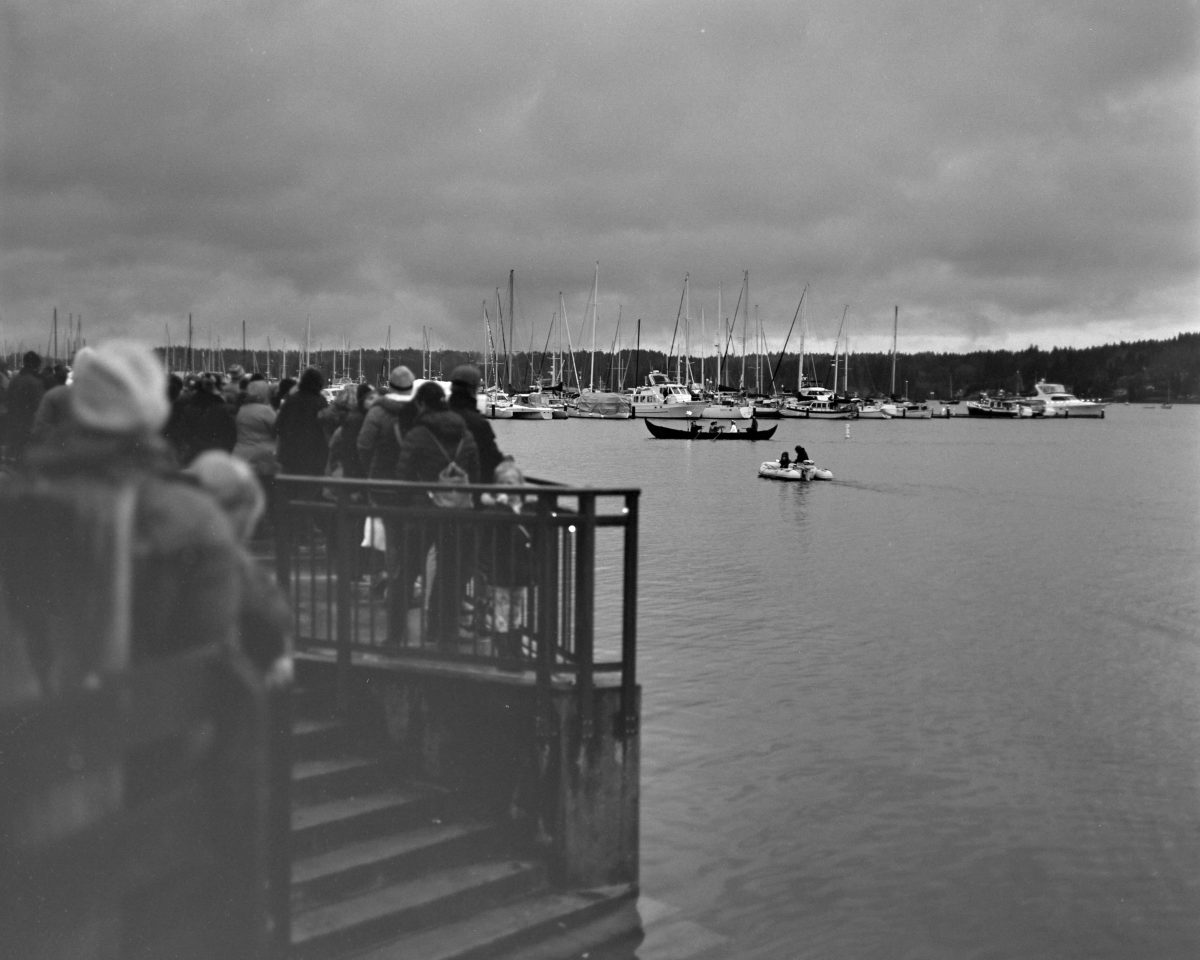
[Plaubel Makina 67 | Nikon Nikkor 80/2.8 | Kodak Tri-X]
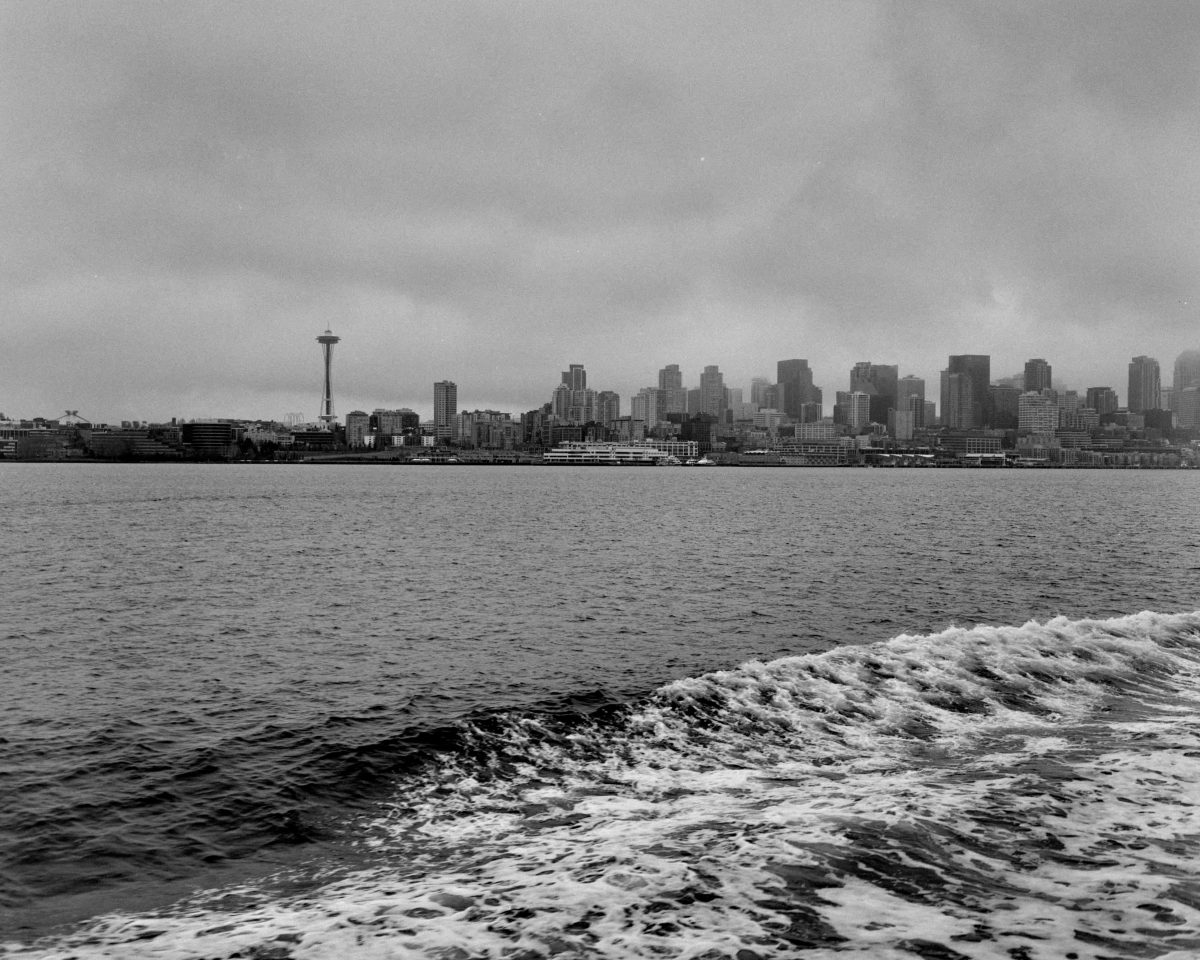
[Plaubel Makina 67 | Nikon Nikkor 80/2.8 | Kodak Tri-X]
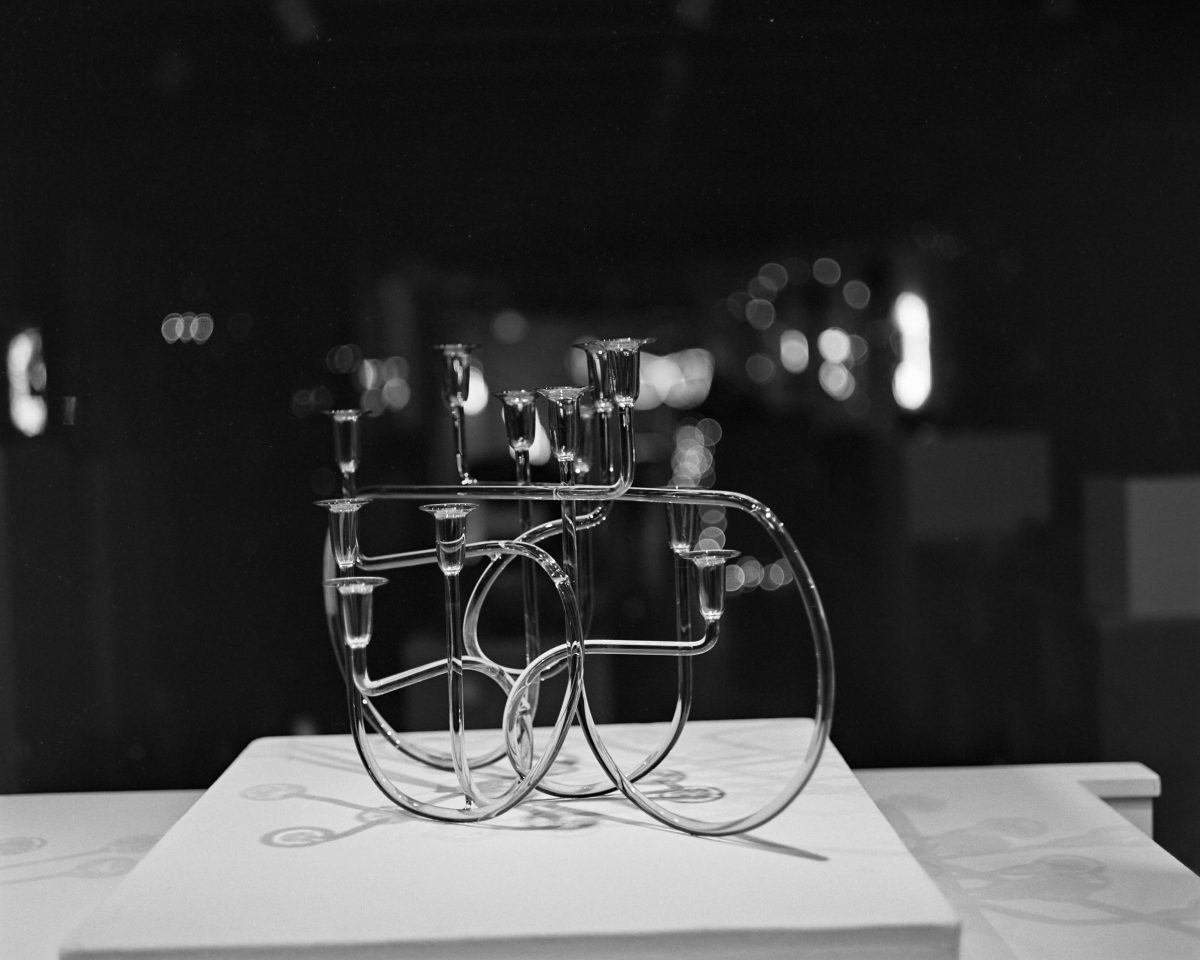
[Plaubel Makina 67 | Nikon Nikkor 80/2.8 | Kodak Tri-X]
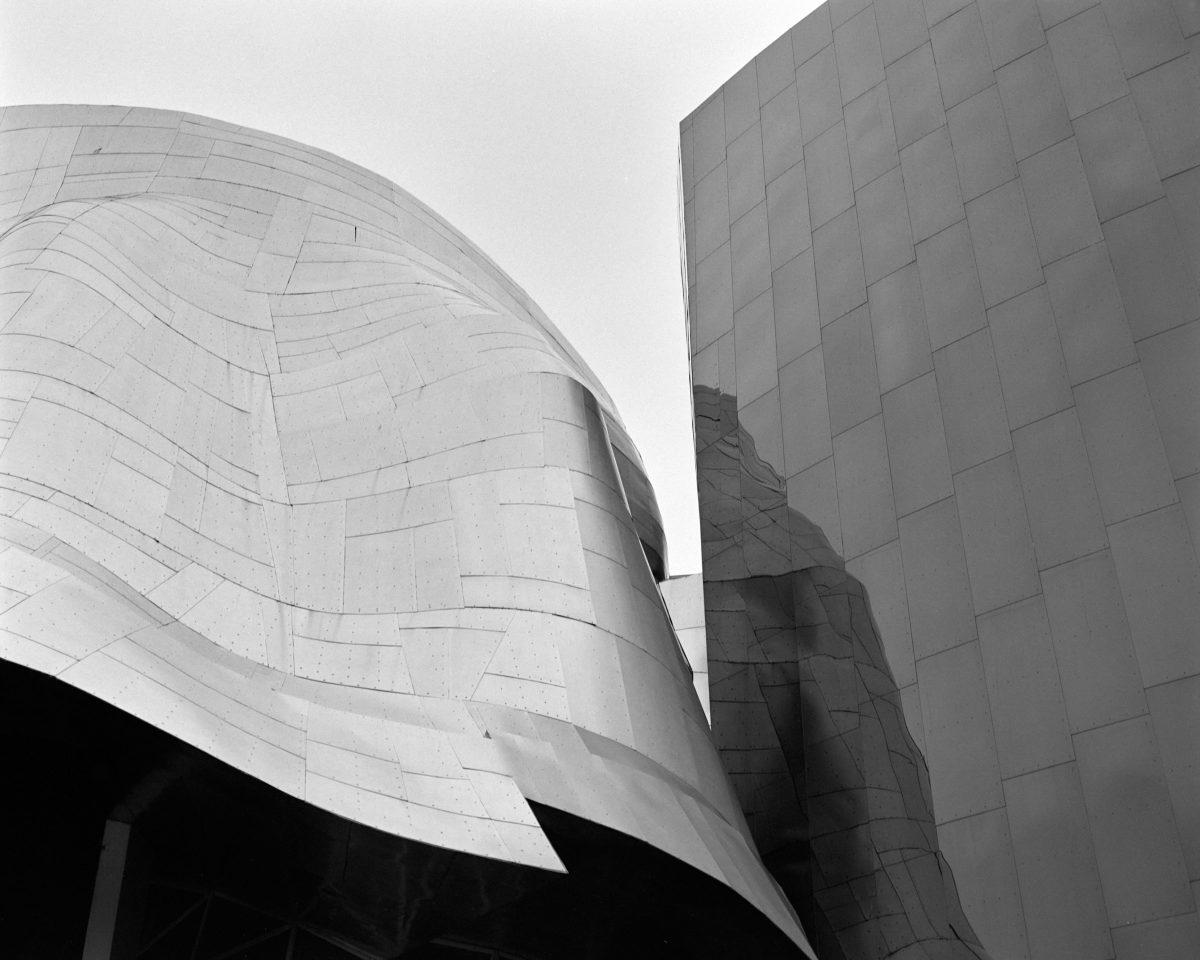
[Plaubel Makina 67 | Nikon Nikkor 80/2.8 | Kodak Tri-X]
Spec:
Kodak Tri-X 400 Overview
Kodak’s Professional Tri-X 400 Black and White Negative Film is a classic high-speed panchromatic film designed for a wide array of shooting conditions. Characterized by its fine grain quality, notable edge sharpness, and high resolving power, Tri-X 400 also exhibits a wide exposure latitude with consistent tonality. It has a nominal sensitivity of ISO 400/27° when developed in standard black and white chemistry, and responds well to push processing. As an all-around, highly versatile film, Tri-X 400 is a standard choice for photographing in difficult lighting conditions as well as when working with subjects requiring good depth of field or for faster shutter speeds.
Film Base Acetate
Layer Thickness 99.1 µm